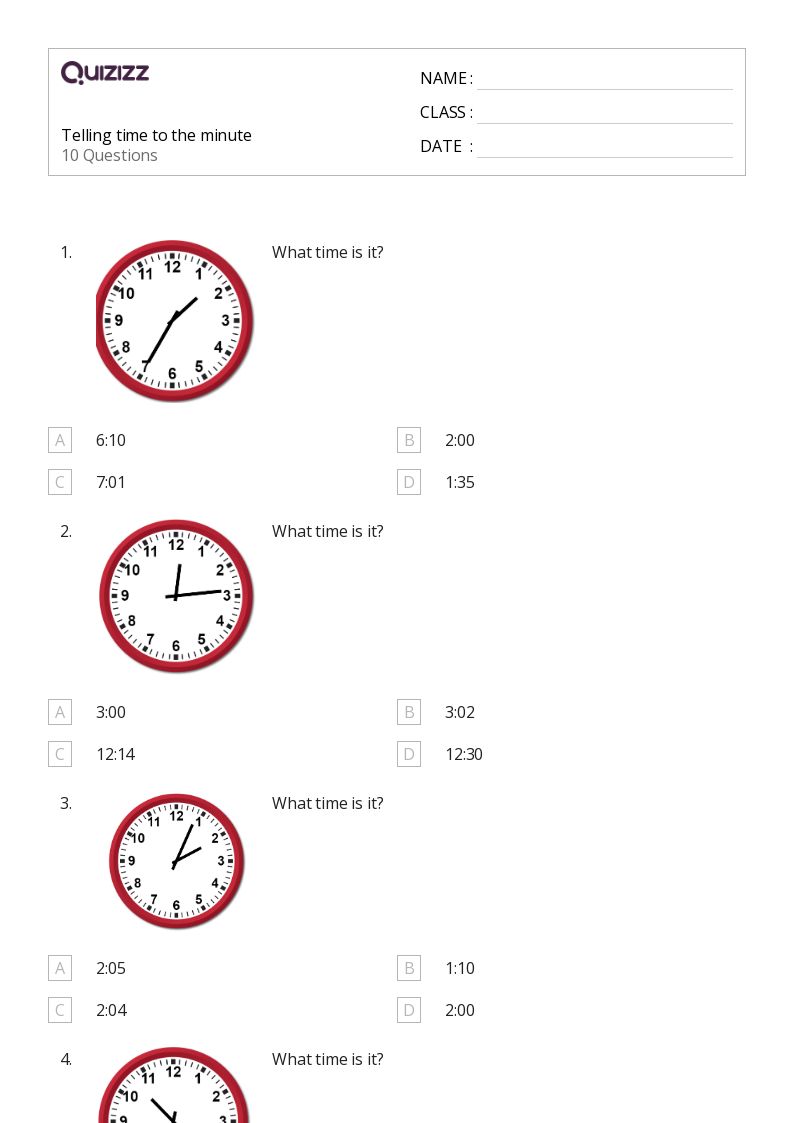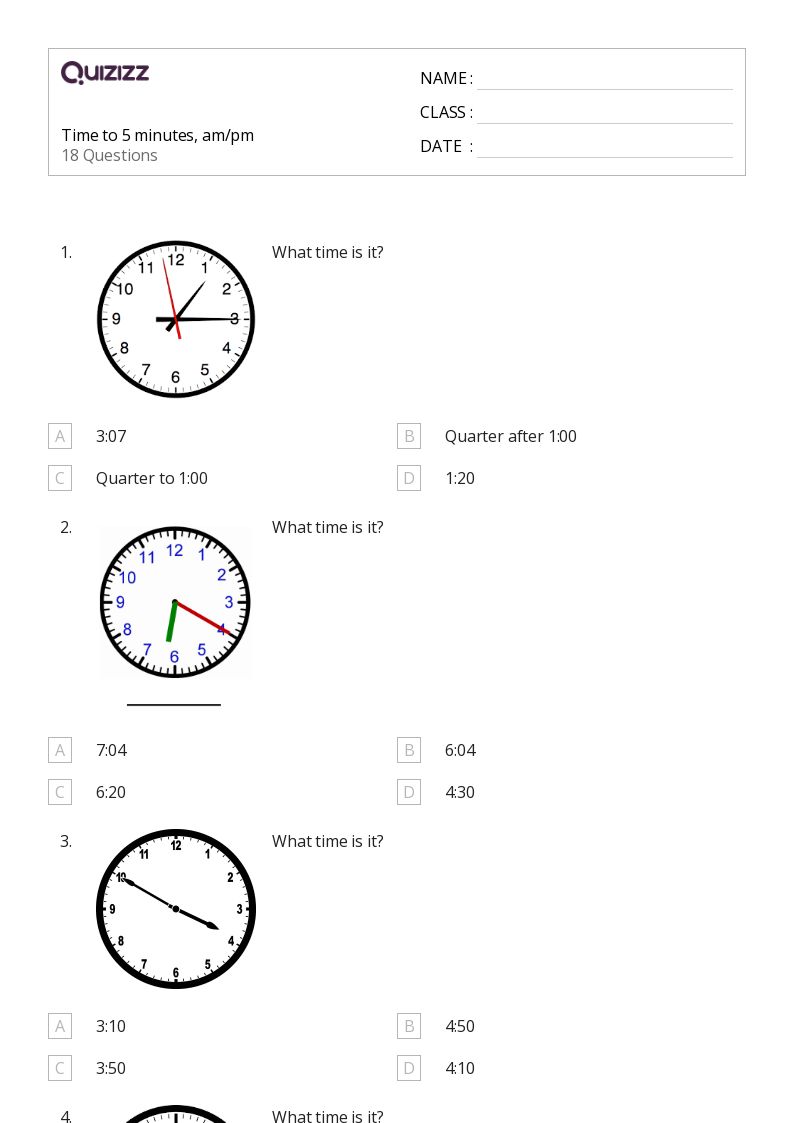
11 Q
2nd - 3rd

10 Q
3rd

20 Q
3rd

10 Q
2nd - 3rd

20 Q
3rd - 4th

10 Q
2nd - 3rd

20 Q
3rd

20 Q
KG - 3rd

20 Q
3rd

10 Q
3rd

22 Q
3rd

10 Q
2nd - 3rd

15 Q
3rd

13 Q
3rd

6 Q
1st - 3rd

6 Q
3rd

40 Q
3rd

10 Q
3rd

15 Q
3rd - 4th

26 Q
3rd

12 Q
1st - 3rd

10 Q
3rd

18 Q
2nd - 3rd

10 Q
3rd
Explore Time to the Nearest Five Minutes Worksheets by Grades
Explore Other Subject Worksheets for year 3
Explore printable Time to the Nearest Five Minutes worksheets for 3rd Year
Time to the Nearest Five Minutes worksheets for Year 3 are an excellent resource for teachers who are looking to help their students develop a strong foundation in math and time-telling skills. These worksheets are specifically designed for Year 3 students, ensuring that the content is both age-appropriate and engaging. By incorporating these worksheets into their lesson plans, teachers can provide their students with a variety of exercises that focus on telling time to the nearest five minutes, using both analog and digital clocks. This not only helps students to improve their overall math skills but also teaches them the importance of time management in their daily lives. Time to the Nearest Five Minutes worksheets for Year 3 are a must-have for any teacher looking to enhance their students' understanding of time and math concepts.
In addition to Time to the Nearest Five Minutes worksheets for Year 3, teachers can also utilize Quizizz, an online platform that offers a wide range of educational resources, including interactive quizzes and engaging games. Quizizz allows teachers to create customized quizzes that align with their lesson plans, making it an ideal tool for assessing students' understanding of time-telling and other math concepts. Furthermore, Quizizz offers a variety of pre-made quizzes and games that cover a wide range of topics, including time, math, and other subjects relevant to Year 3 students. By incorporating Quizizz into their teaching strategies, educators can provide their students with a fun and interactive way to learn and reinforce important concepts, while also tracking their progress and identifying areas that may require additional support.
